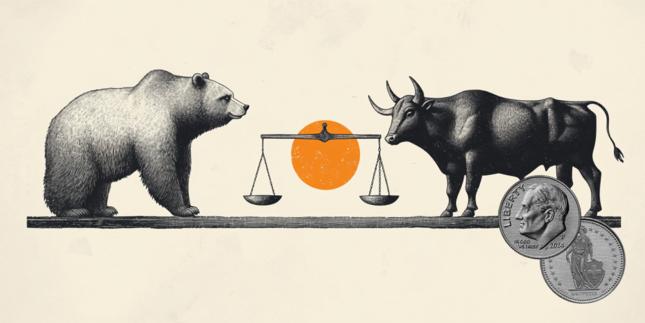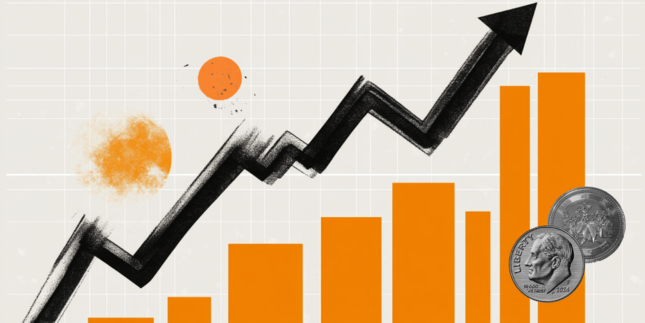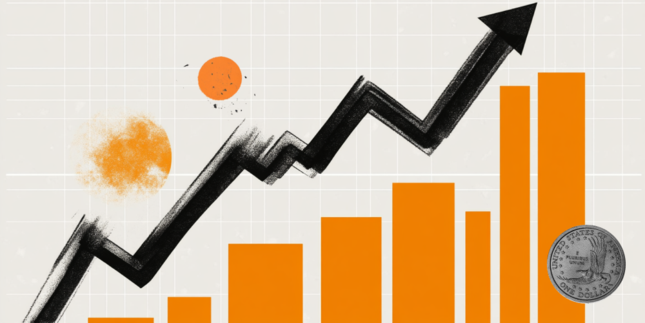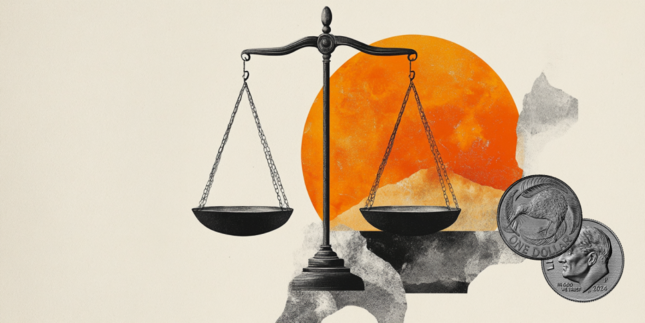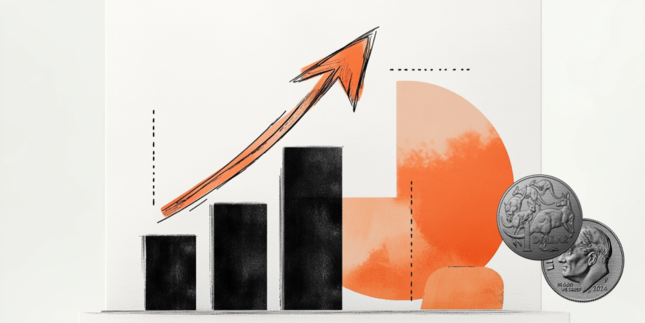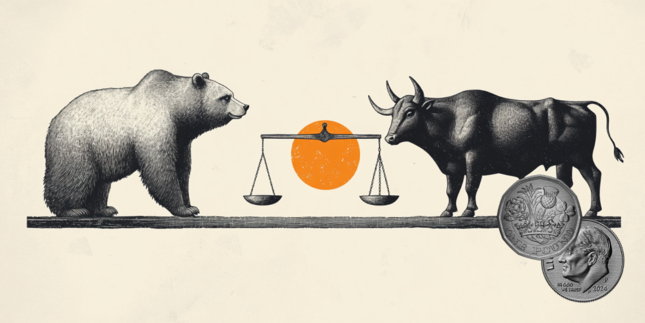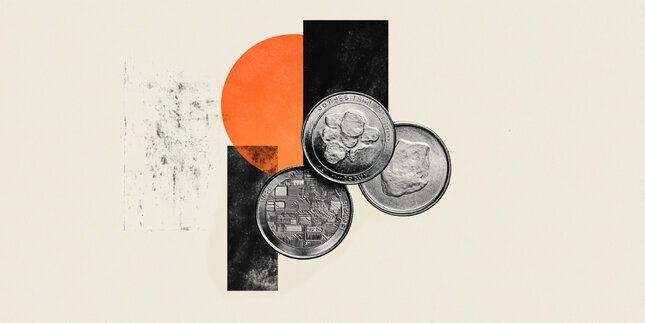EUR/USD softens below 1.0300 on ECB gradual rate cut bets
- EUR/USD trades in negative territory around 1.0290 in Friday’s early European session.
- The ECB highlighted gradual rate cuts amid economic uncertainties.
- Uncertainty over Trump's policies dampens prospects for Fed rate cuts despite easing US inflation.
The EUR/USD pair weakens to near 1.0290 during the early European session on Friday. The expectation of further rate cuts by the European Central Bank (ECB) drags the Euro (EUR) lower against the Greenback. Traders await the Eurozone Current Account and Harmonized Index of Consumer Prices (HICP) for fresh impetuses, which will be released later on Friday. Also, the ECB board member Piero Cipollone is set to speak on the same day.
The ECB Monetary Policy Meeting Accounts released on Thursday showed that policymakers agreed last month that interest rate cuts should be approached cautiously and gradually, but they also noted that further rate cuts remain on the cards.
The ECB will next meet on January 30 and investors have fully priced another 25 basis points (bps) cut. According to Reuters polls conducted between January 10-15, all 77 economists expect the ECB to cut the Deposit Facility rate by 25 bps to 2.75% at the January meeting, with 60% anticipating three additional 25-bps interest rate reductions by the middle of the year. Rising bets on further ECB reductions could weigh on the shared currency in the near term.
Across the pond, the US Federal Reserve (Fed) next monetary policy meeting is scheduled for January 28-29 and traders are nearly unanimous in their view the US central bank will hold the interest rates steady after cutting them by a full percentage point in late 2024.
Analysts believe that the uncertainty surrounding potential fiscal, trade, immigration, and regulatory policies from the incoming Donald Trump administration could dampen prospects for Fed rate cuts despite easing US inflation. This, in turn, might provide some support to the US Dollar (USD) and act as a headwind for EUR/USD.
Euro FAQs
The Euro is the currency for the 19 European Union countries that belong to the Eurozone. It is the second most heavily traded currency in the world behind the US Dollar. In 2022, it accounted for 31% of all foreign exchange transactions, with an average daily turnover of over $2.2 trillion a day. EUR/USD is the most heavily traded currency pair in the world, accounting for an estimated 30% off all transactions, followed by EUR/JPY (4%), EUR/GBP (3%) and EUR/AUD (2%).
The European Central Bank (ECB) in Frankfurt, Germany, is the reserve bank for the Eurozone. The ECB sets interest rates and manages monetary policy. The ECB’s primary mandate is to maintain price stability, which means either controlling inflation or stimulating growth. Its primary tool is the raising or lowering of interest rates. Relatively high interest rates – or the expectation of higher rates – will usually benefit the Euro and vice versa. The ECB Governing Council makes monetary policy decisions at meetings held eight times a year. Decisions are made by heads of the Eurozone national banks and six permanent members, including the President of the ECB, Christine Lagarde.
Eurozone inflation data, measured by the Harmonized Index of Consumer Prices (HICP), is an important econometric for the Euro. If inflation rises more than expected, especially if above the ECB’s 2% target, it obliges the ECB to raise interest rates to bring it back under control. Relatively high interest rates compared to its counterparts will usually benefit the Euro, as it makes the region more attractive as a place for global investors to park their money.
Data releases gauge the health of the economy and can impact on the Euro. Indicators such as GDP, Manufacturing and Services PMIs, employment, and consumer sentiment surveys can all influence the direction of the single currency. A strong economy is good for the Euro. Not only does it attract more foreign investment but it may encourage the ECB to put up interest rates, which will directly strengthen the Euro. Otherwise, if economic data is weak, the Euro is likely to fall. Economic data for the four largest economies in the euro area (Germany, France, Italy and Spain) are especially significant, as they account for 75% of the Eurozone’s economy.
Another significant data release for the Euro is the Trade Balance. This indicator measures the difference between what a country earns from its exports and what it spends on imports over a given period. If a country produces highly sought after exports then its currency will gain in value purely from the extra demand created from foreign buyers seeking to purchase these goods. Therefore, a positive net Trade Balance strengthens a currency and vice versa for a negative balance.
Forex News
Keep up with the financial markets, know what's happening and what is affecting the markets with our latest market updates. Analyze market movers, trends and build your trading strategies accordingly.





